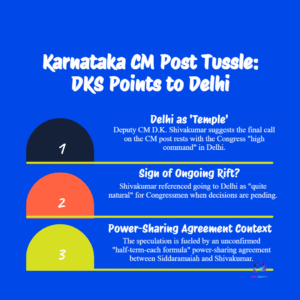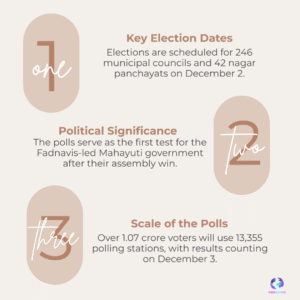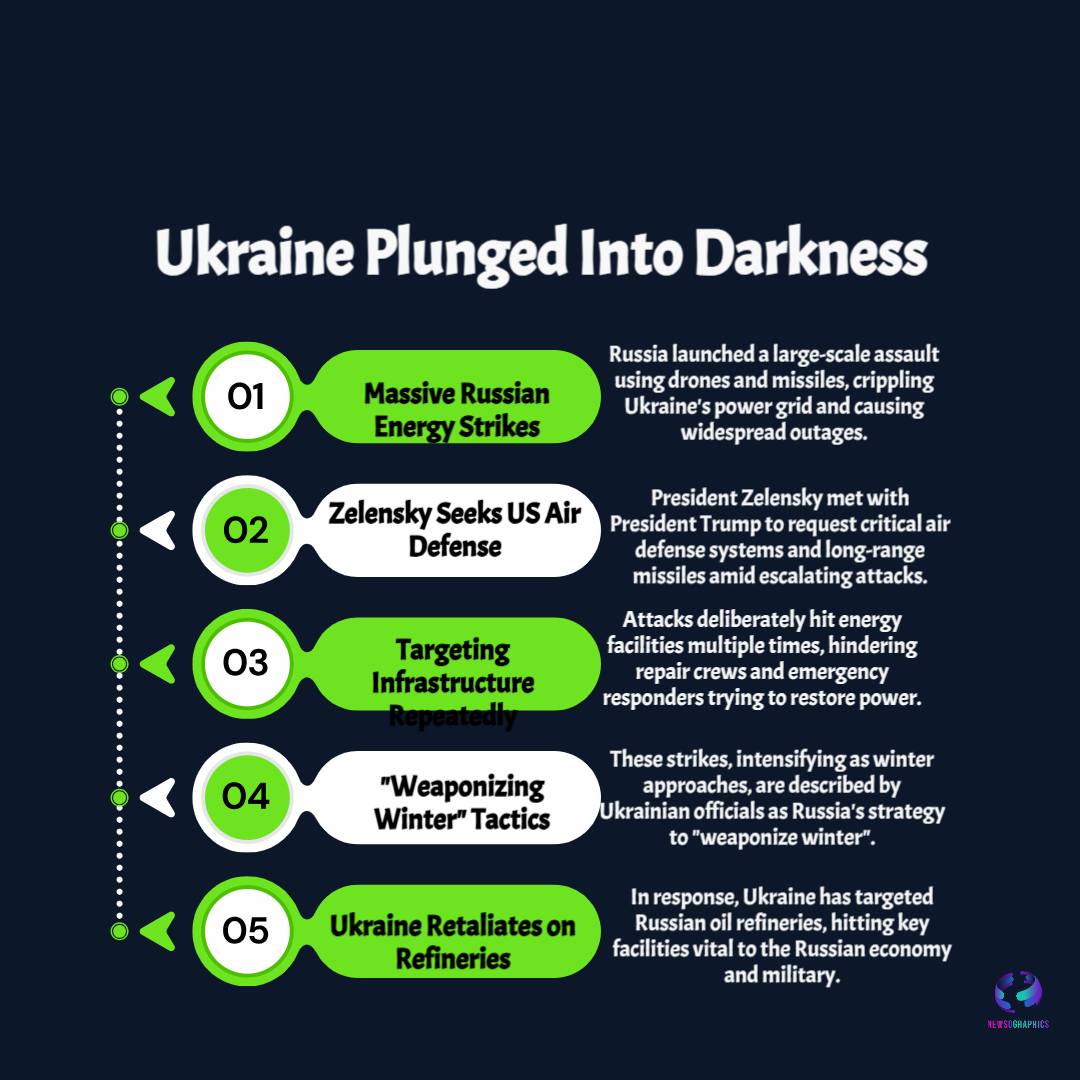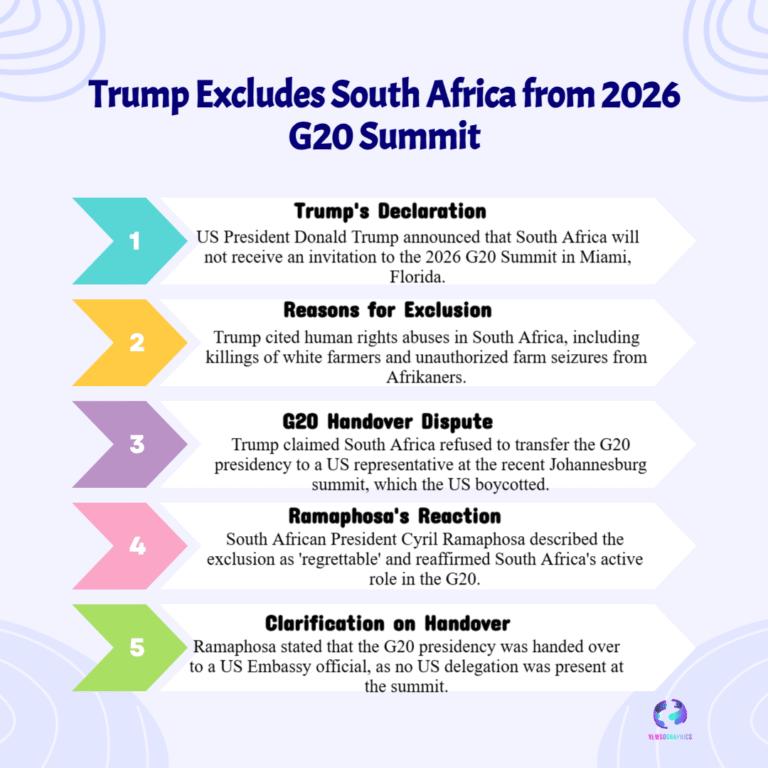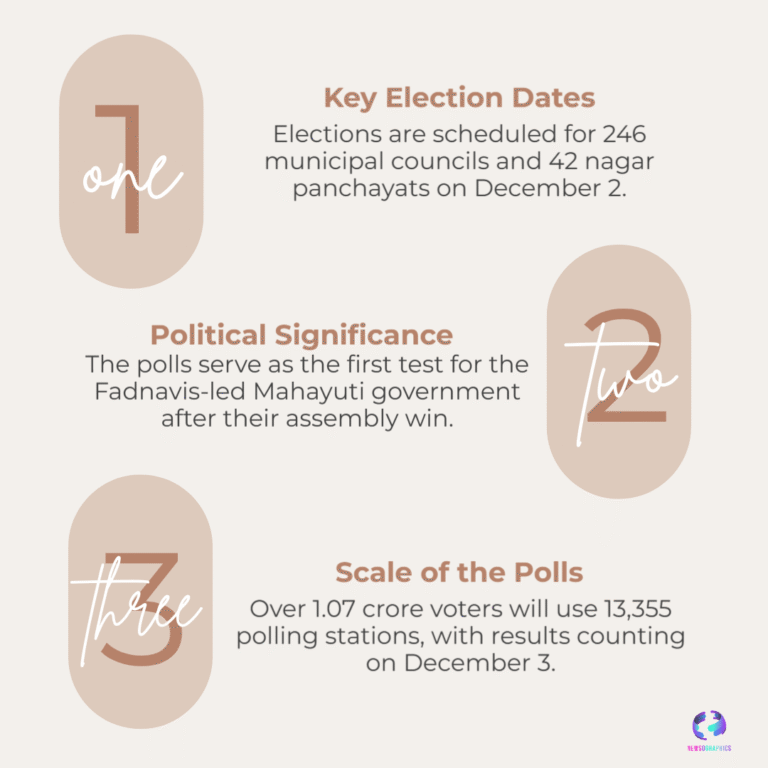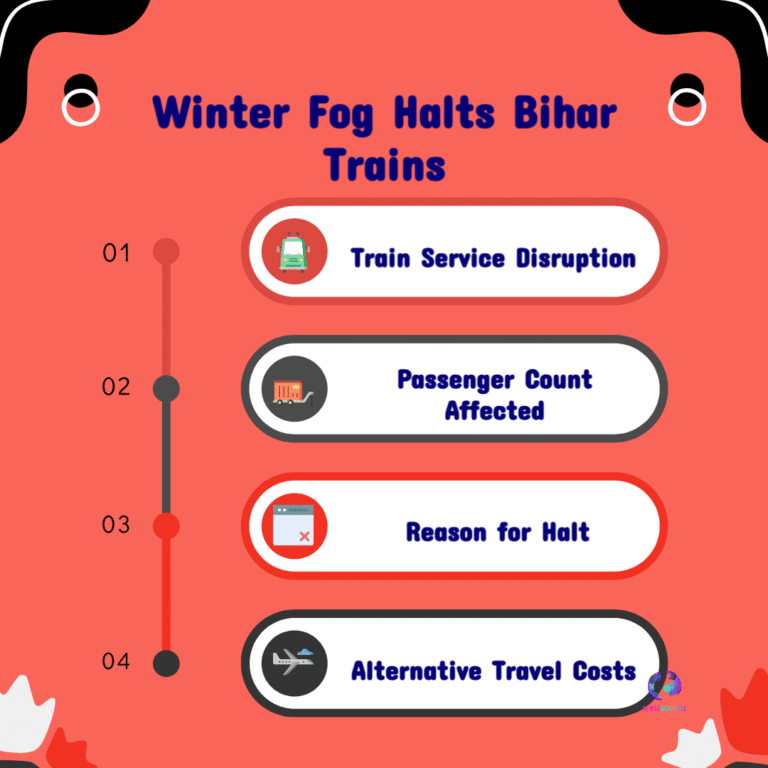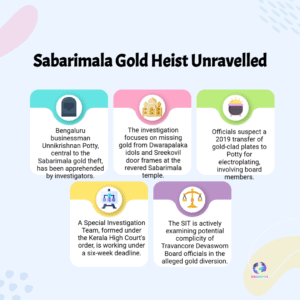Hundreds of drones and missiles hit Ukraine’s power and gas infrastructure, causing widescale blackouts across regions as President Zelensky travels to Washington to meet President Trump about air defences and long-range weapons.
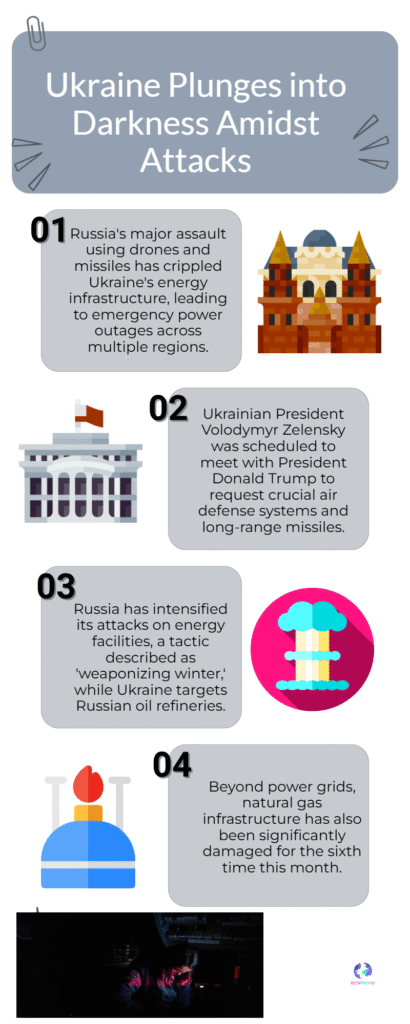
A massive Russian drone-and-missile assault on Ukraine’s energy infrastructure on October 16–17, 2025, knocked out power and damaged key gas sites across several regions, plunging cities into darkness ahead of President Volodymyr Zelensky’s White House visit to meet President Donald Trump. Ukrainian grid operator Ukrenergo and company officials reported widespread emergency outages while repair crews scrambled to restore supply as winter approaches. The strikes targeted generation, transmission and gas-processing facilities, the sort of deliberate campaign analysts say aims to “weaponize winter” by degrading heating and electricity ahead of peak demand.
Authorities reported the attack used a large swarm of drones together with dozens of cruise and ballistic missiles, overwhelming air-defence batteries and triggering cascading failures in the grid. Energy firms warned the damage will raise the risk of longer outages, force increased gas imports and complicate industrial and household energy planning. Kyiv and regional administrations activated contingency measures, curbs and emergency restoration protocols to prioritise hospitals and critical services.
Zelensky’s visit to Washington — focused on securing more air-defence systems and long-range missiles — now takes place against the backdrop of renewed strikes that underscore Kyiv’s dependence on international military and energy support. Officials say faster delivery of air defences and resilient energy equipment would blunt future strikes, while emergency energy finance and fuel imports are needed to carry Ukraine through winter.
The strikes renew debate over civilian infrastructure protection, escalation risks and the humanitarian toll of winter power loss. For businesses and households, the immediate practical concerns are power rationing, safe heating alternatives and access to medical care. The evolving situation will shape diplomatic talks, foreign military aid decisions and Kyiv’s urgent winter preparedness plans.

